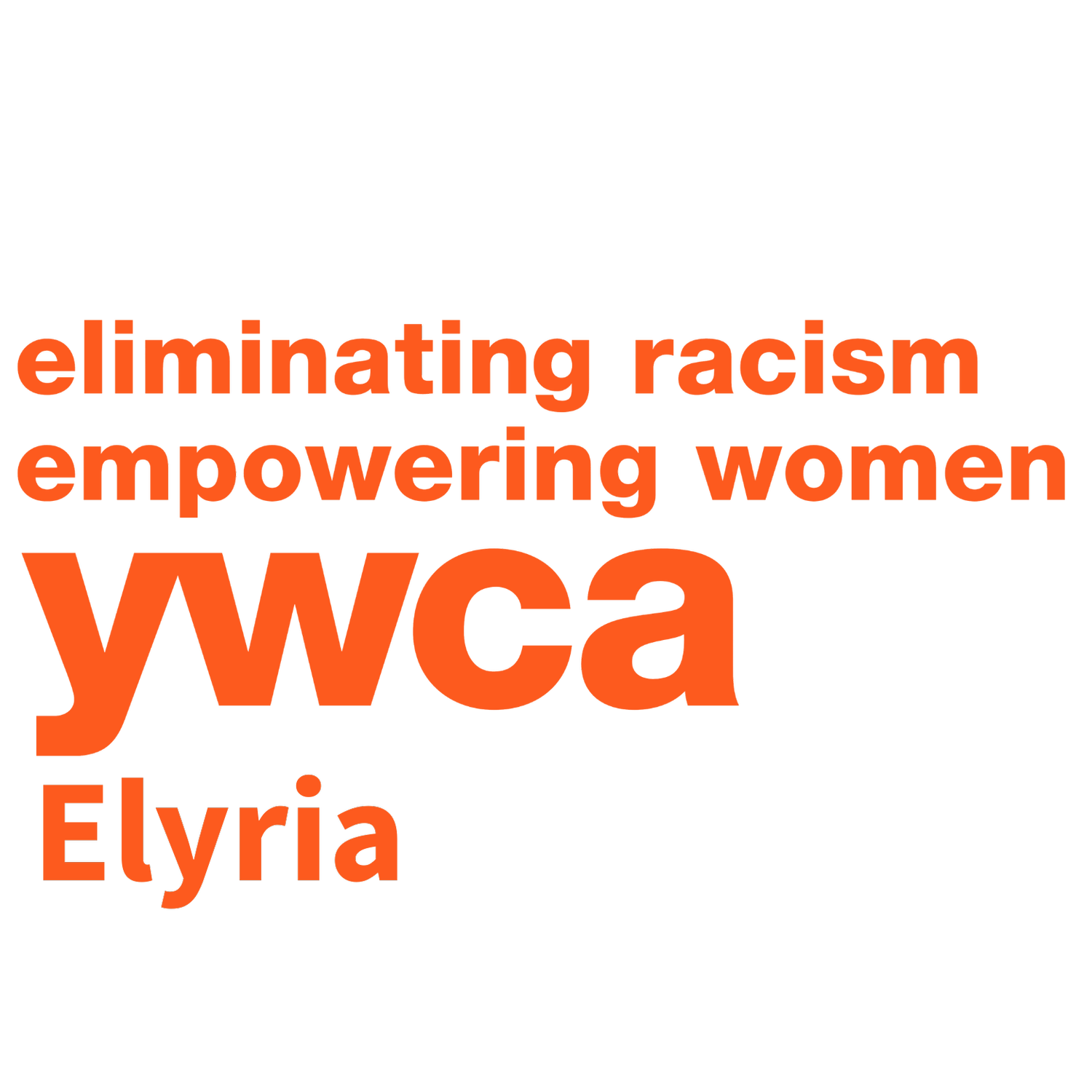ECONOMIC JUSTICE + WORKFORCE DEVELOPMENT
-
Economic Justice encompasses access to capital, homeownership, and wealth building. Workforce development focuses on equal opportunity for high‐wage jobs and trades, a pipeline to high‐paid executive roles, and access to entrepreneurial opportunities.
The outcome of Economic Justice and Workforce Development would include a community that is committed to advocating for and promoting equitable outcomes and dismantling systemic barriers to economic advancement for Black and Brown people in Lorain County.
This community would make informed decisions based on effective measures and evaluations, ensure small business support services for Black‐ and Brown‐owned businesses and residents in marginalized communities, and provide access to social, physical, and financial capital that spurs economic advancement.
-
* Create value alignment and robust connection and access among community resources Invest first in neighborhoods with the greatest need Make racial equity and inclusion foundational, not separate initiative, in civic and community organizations, and support adoption with incentives and easy administration
* Design pathways and programs to promote an engaged workforce: childcare access, a training pipeline, benefits, and pay equity
-
1. Support and encourage the implementation of resident‐led neighborhood plans that align with the goals of the Racial Equity Center.
2. Build structured communication plans between neighborhood groups and elected officials (where elected officials are coming to the neighborhood) to ensure a strong and sustainable connection between neighborhood’s plans and elected official’s funding opportunities and policies.
3. Encourage investment in neighborhoods with the most need (as defined by the social determinants of health: safe housing, transportation, violence, education, job opportunities, access to nutritious foods and physical activity opportunities, polluted air/water, language and literacy skills), including the improvement of the built environment (cultural‐specific and neighborhood branded wayfinding, connected infrastructure like sidewalks and paths to help bridge the gap for lack of access), that is in the best‐interest of residents.
4. Create a one‐stop shop business and entrepreneurship incubator for Black and Brown businesses that identifies and promotes business opportunities and prepares them to fill those business opportunities gaps and eliminates financial barriers (cost of certifications, and access to financing/capital). This can be accomplished by fostering collaboration and alignment between existing small business resources like SBDC, Lorain County Chamber of Commerce, GLIDE, Federal Reserve Bank of Cleveland, Lorain County Urban League, Co‐work spaces, Lorain County Metro Parks, libraries, Main Streets.
5. Create a pipeline between job seekers and employers. Include training for local employers in changing their hiring practices to be more equitable (“banning the box,” shifting from degree and experience requirements to skill‐based qualifications, cultural‐specific employee resource services).
6. Meet employees where they are by focusing on recruiting, developing and retaining employees reentering society from prison and other institutions (re‐entry), as well as recruiting employees from all levels of the social‐economic continuum. Include investment in employee support groups and services and provide support services for people from the neighborhoods of focus (via navigators and other investments) to ensure they are prepared and positioned to fill job openings. Provide specialized supports to empower single mothers within the process.
7. Ensure financing/capital is available to ease the pathway to entrepreneurship and owning businesses by encouraging investment in community banks/investment firms that intentionally support Black and Brown owned businesses and economic empowerment programs.
8. Establish and ensure a continuum of pathways into professions and trades. Promote career tech through JVS/Elyria and Lorain career tech programs and LCCC. Improve transportation connections and access points for education and job placement.
9. Establish incentives and performance measures for equity, diversity and inclusion goals throughout all local organizations, including senior management, CEO and Board level through supporting research, and accountability.
10. Create a scalable and turn‐key suite of diversity, equity and inclusion resources that can easily be adopted by organizations seeking a roadmap for increased diversity, equity and inclusion, regardless of size or capacity. Include recruitment and application best practices, governance and policy best practices, ongoing assessment tools, mutual benefit data, and case studies from allies having success.
11. Create policies to pay equitable wages across demographic groups, ensure adequate childcare for working parents and provide compensation and benefit packages that have suitable healthcare. This can be accomplished through research and data that organizations are not perpetuating prior discrimination by basing current wages on previous wages.
ECONOMIC JUSTICE AND WORKFORCE DEVELOPMENT SUB-COMMITTEE
Cynthia Andrews, President and CEO Lorain County Community Foundation
Ryan Aroney, CEO United Way
Keith Brown, LCCC
Alexis Clark‐Amison, Elyria YWCA
Tony Gallo, CEO Lorain County Chamber of Commerce
Eboni A. Johnson, Oberlin City Council
Mike Longo, Director Lorain County Workforce Development Agency
Sharon Pearson, Manager Lorain County Mobility, United Way of Greater Lorain County
Regan Phillips, MHARS Board
Kyle Rose, V.P. Avient Corporation
RESOURCES
-

RACIAL DISPARITIES IN LORAIN COUNTY
A comprehensive - one stop - document that illustrates racial disparities across the various public systems in our local community.
-

TOWARDS GREATER EQUITY IN STEM
The goals of this analysis are to get more Black and Brown students exposed to, excited about and working in STEM professions.
-

ADVANCING RACIAL EQUITY THROUGH PREK
Scores of research show that children have systematically unequal chances of getting the experiences they need to grow up healthy.



